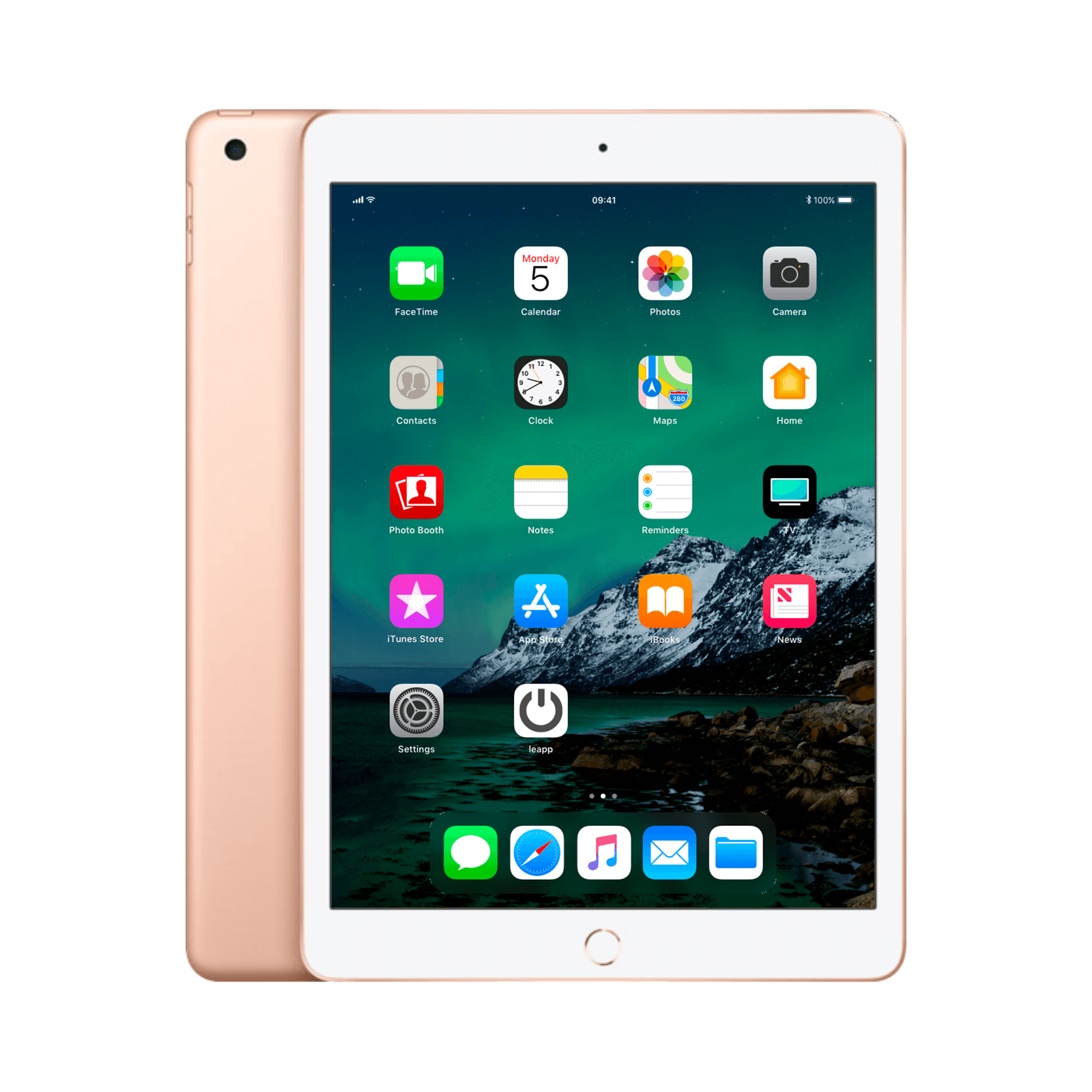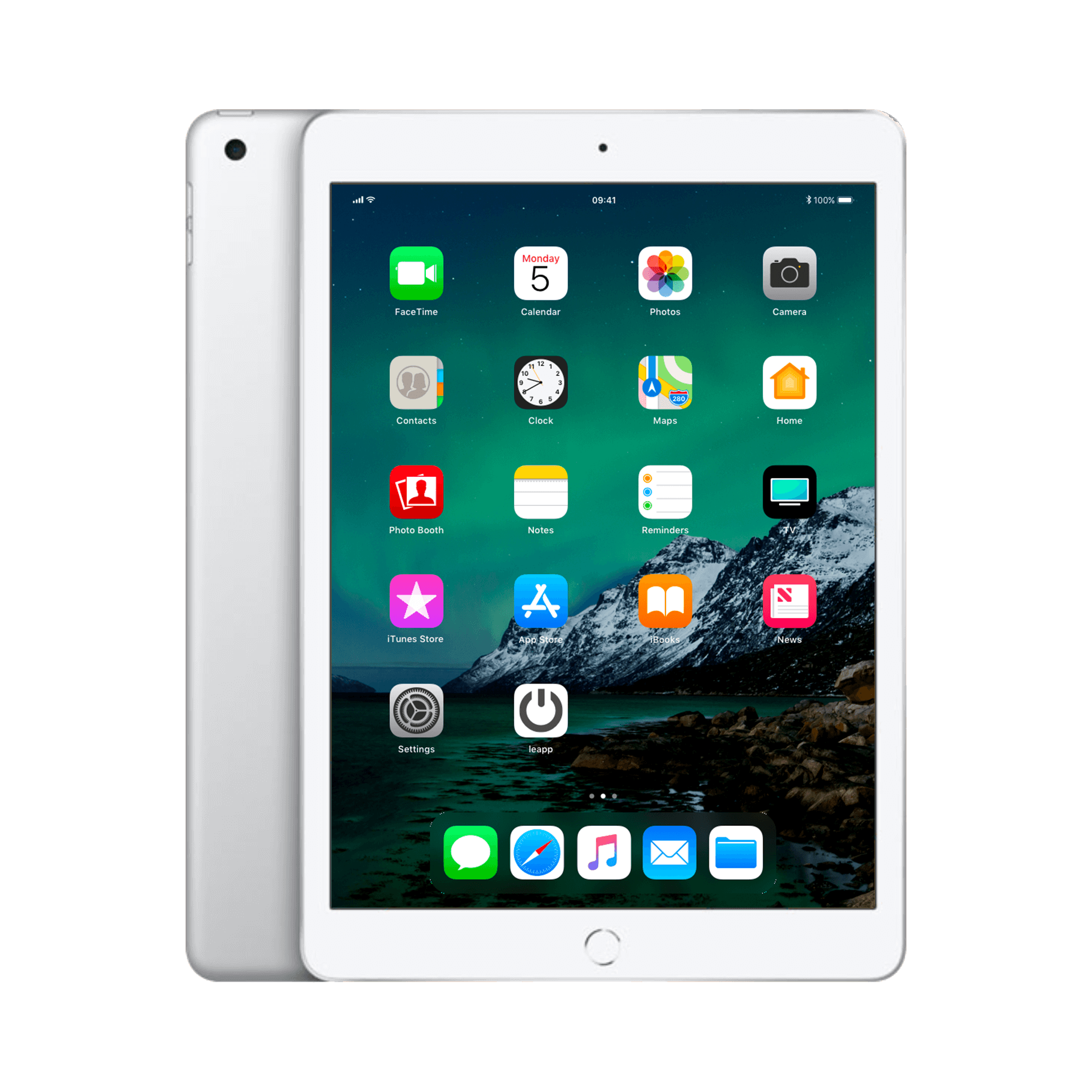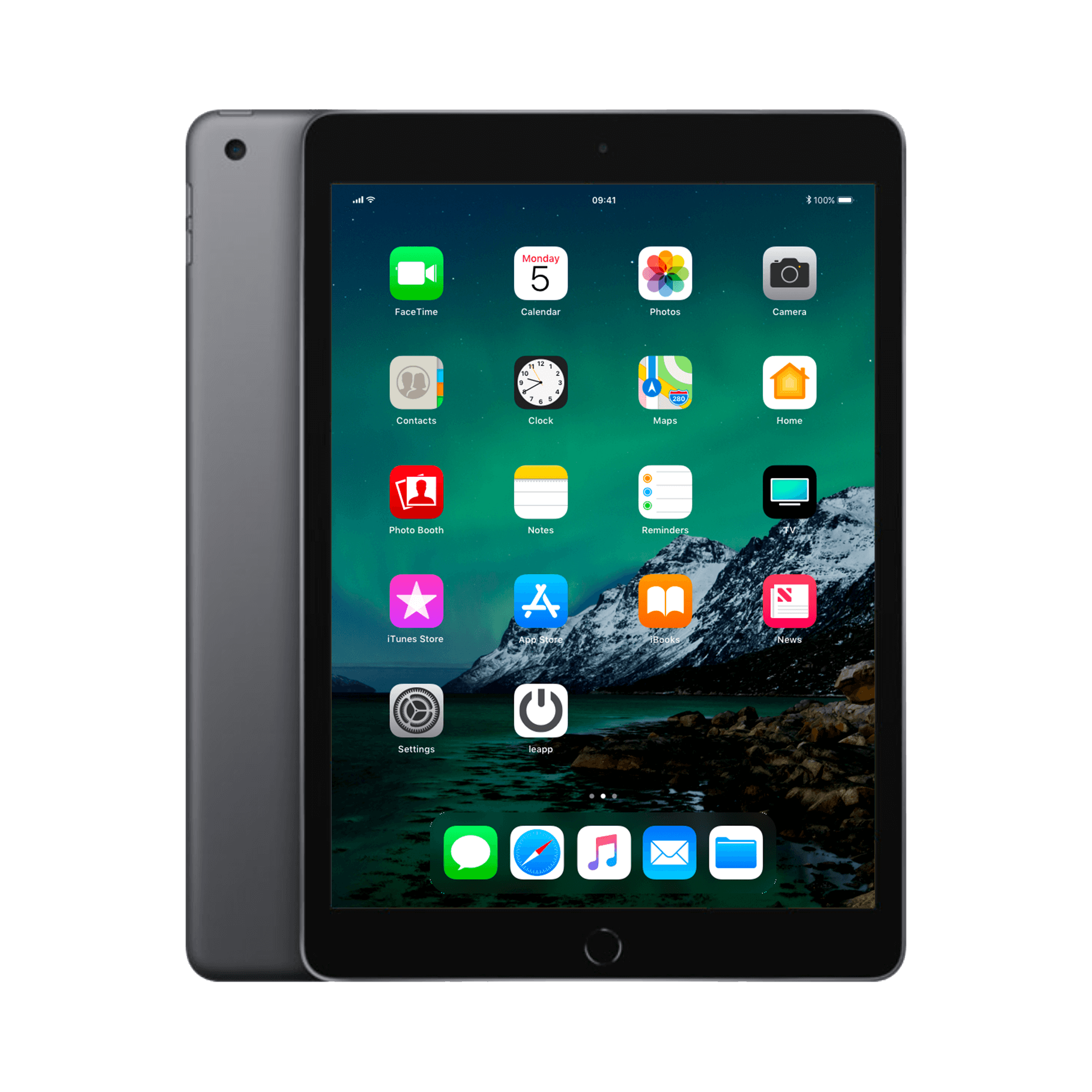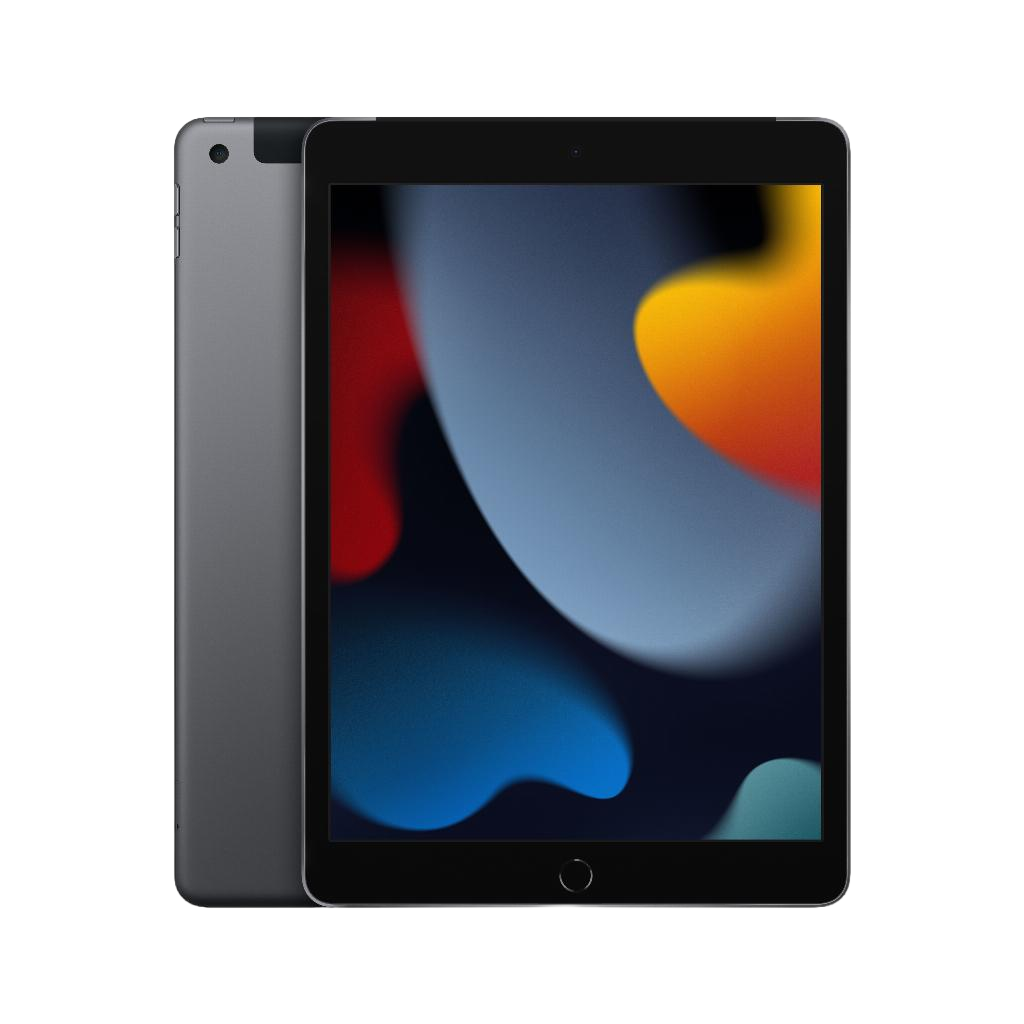iPad with 4G or WiFi: A more complex choice than you think
iPad with 4G or just Wi-Fi? It seems like a simple choice. Some swear by 24/7 internet, others find Wi-Fi more than enough. You think: 4G is more convenient for on the go, Wi-Fi is cheaper. Done. But it's not that simple.
Because while everyone thinks a 4G model is inherently the better choice for frequent travelers, usage figures show that 73% of 4G owners no longer use their SIM card after a year . They paid hundreds of euros extra for a feature that's gathering dust. Meanwhile, Wi-Fi users are missing a crucial detail: their iPads don't have a GPS chip. So, no navigation unless you download the route at home first. The real question isn't whether you need 4G, but when you'll regret your choice .
Useful links
The price difference explained
The first shock comes with the price. A 4G model typically costs between €100 and €200 more than the same iPad with just Wi-Fi. But that's just the beginning. A 4G model also comes with a data plan. Expect to pay at least €10 per month for a modest bundle. So after two years of use, you won't be spending €150 extra, but more like €390.
However, this doesn't automatically mean that Wi-Fi is the smartest choice. For some users, the added value of 4G far outweighs the extra cost. The question is: are you one of those users?
GPS: The Forgotten Benefit of 4G
What many people don't know is that only 4G models have a built-in GPS chip. WiFi models determine their location via nearby WiFi networks. This works well in the city, but as soon as you venture outside of built-up areas, you're lost. Literally.
For hikers, cyclists, or people who use their iPad as a navigation system in their car, this is a crucial difference. While you can download offline maps on a Wi-Fi model, real-time navigation simply won't work without GPS. Apps like Google Maps, Waze, or hiking apps only function fully on a 4G model.
Battery life: the hidden cost
An active 4G connection drains battery life. While a Wi-Fi iPad easily lasts 10 hours with normal use, this drops to about 8 hours with 4G. That may not seem like much, but after a year of intensive use, you'll notice the difference. The battery deteriorates faster, and after two years, you'll need to charge it more often.
That's why smart users only turn on 4G when necessary. But then you're paying for a feature you deliberately turn off. The alternative? Bring a power bank. But that adds extra weight to your bag.
Practical scenarios: when to use which model?
The 4G iPad is right for you if:
- You regularly work on the train and don't want to deal with hotspots
- You often give presentations on location without reliable WiFi
- You use the iPad for navigation while traveling
- Your children using the iPad during long car rides
- You work in the field and need direct access to company systems
The WiFi iPad is ideal when:
- You mainly use the iPad at home or in the office
- You have a good hotspot function on your phone
- You don't need GPS navigation
- You are careful with your battery
- You don't want any extra monthly costs
The hotspot alternative
Many people forget that their smartphone is a great hotspot. With a Wi-Fi iPad and a phone with a generous data plan, you essentially have the best of both worlds. You save the cost of a 4G model and the additional data plan. The downside: your phone battery drains faster, and you always need to have two devices with you.
What's more, your iPad's data usage counts towards your phone plan. Do you stream Netflix or YouTube a lot? You'll quickly run out of data. A dedicated SIM card for your iPad gives you more control over your usage.
The second-hand market tells the real story
Just look at the second-hand prices. Wi-Fi models retain their value better. Why? Because most buyers don't want to sign a data contract. A 4G model without a SIM card is essentially just a more expensive Wi-Fi iPad.
This also says something about actual usage. Apparently, many people find afterward that they don't use the 4G function enough.
Conclusion: making the right choice
The choice between 4G and Wi-Fi isn't about what's most convenient—4G always wins that battle. It's about whether the added cost is recouped in terms of convenience.
Choose 4G if you need internet on the go at least three times a week, use GPS navigation, or don't have a reliable hotspot. In all other cases, Wi-Fi is the smarter choice. You'll not only save money on the initial purchase but also on your monthly plan. And you can use that savings for a better protective case, more storage, or simply a newer model.
The right choice for your situation
Ultimately, it's not a question of what's technically best, but what suits your needs . For most people, a Wi-Fi model with a good hotspot connection is more than sufficient. You'll save hundreds of euros that you could better spend on more storage space or useful accessories .
Only if you regularly work on the road or need GPS is 4G worth the extra cost. So don't choose based on features, but based on what you actually use .























